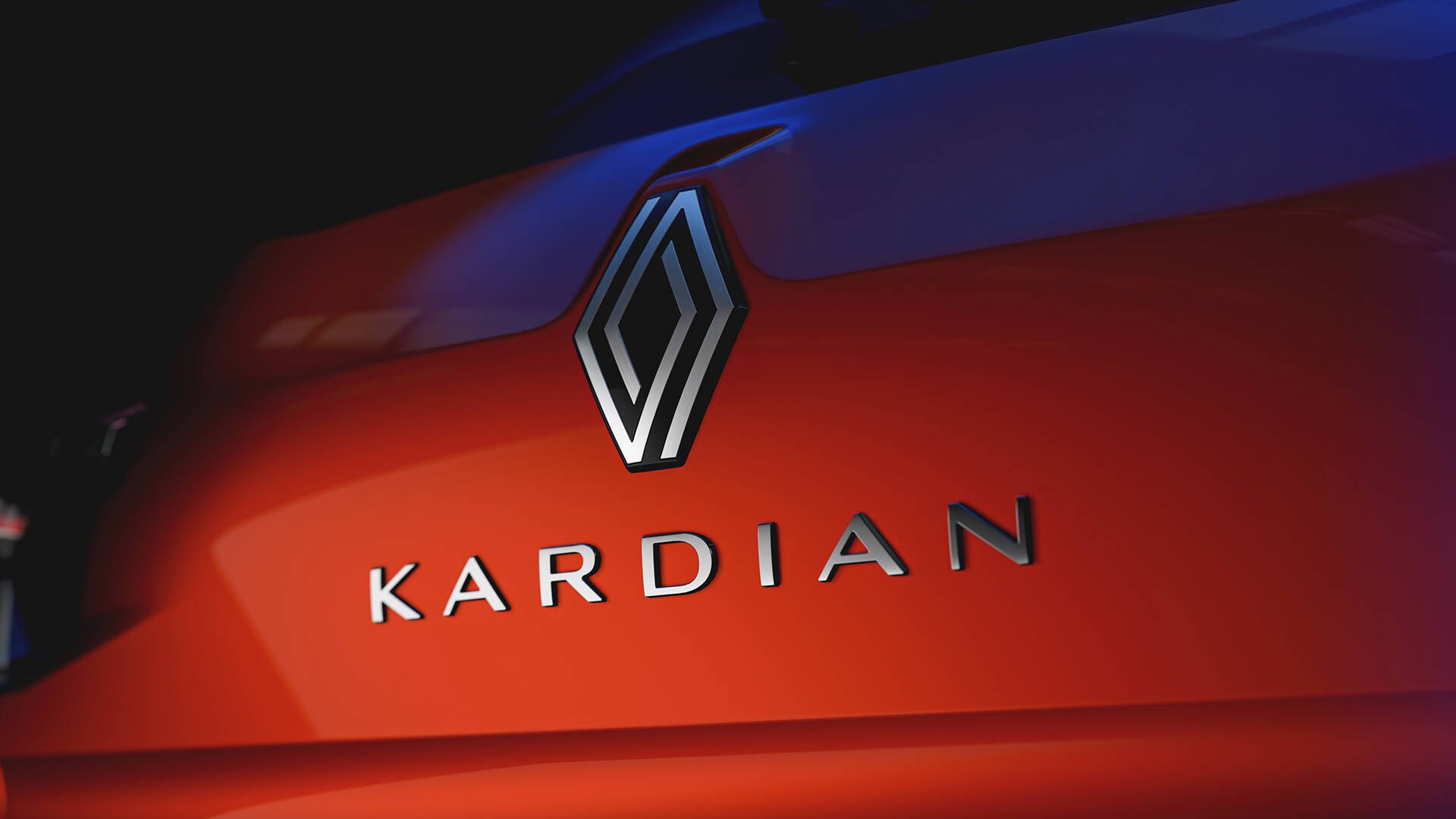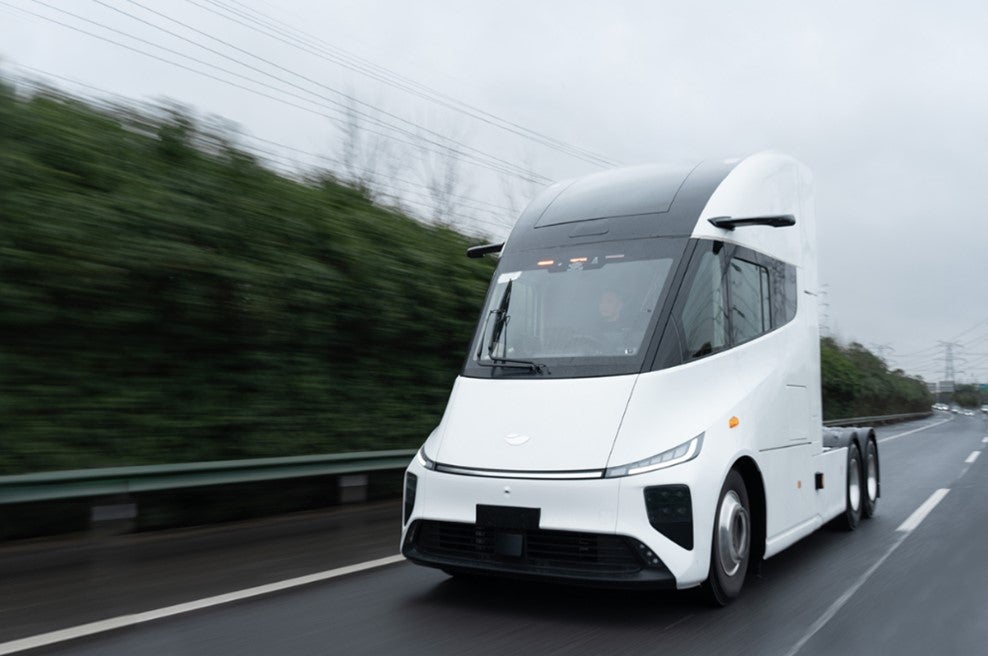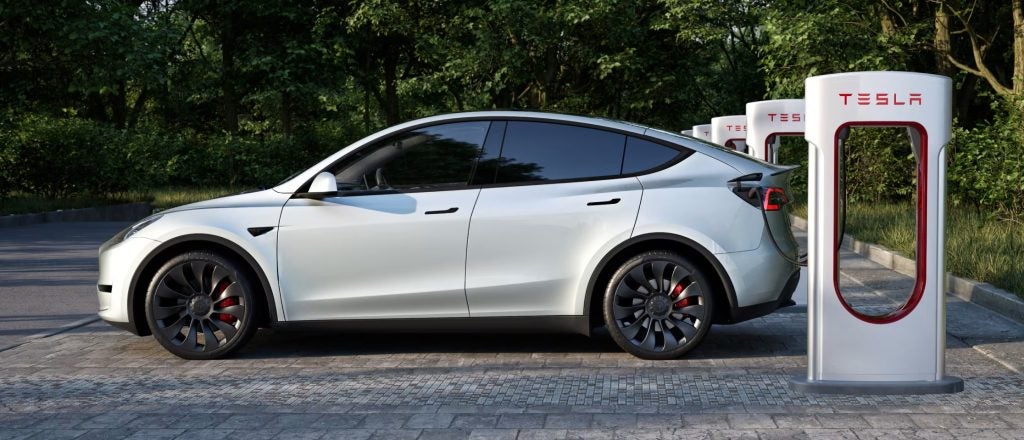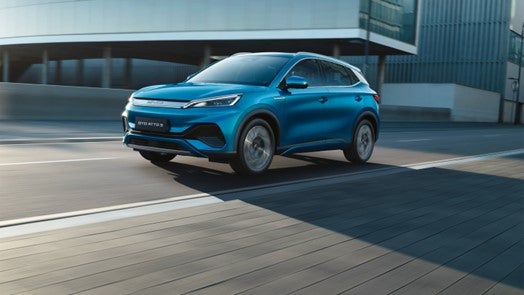
While it has been investing in electric drivetrains and two EV-native platforms, it will be six more years until Renault’s internal combustion models disappear. Even then, 2030 only applies to the European region.
There will be many more hybrids and plug-in hybrids in the imminent future, continuing well into the second half of the decade. Electric alternatives continue to be phased in too, the brand attempting revolutionary change with a high pricing strategy. That has in fact already begun with new models such as the new Megane.
This report starts with a look at the brand’s smallest models, moving up size by size to the next generation of bigger crossovers, SUVs and even a new MPV.
The Zoe was something of a trailblazer for the brand and EVs in general, arriving at precisely the right moment to take advantage of incentives programmes in many European markets. The Clio-based and now long-lived B segment hatchback has aged remarkably well but it’s approaching the end of what will have been a production cycle lasting more than a decade.
There will be a major shift when the time comes to replace the Zoe. Set to be launched in 2024, the 5 will be manufactured at Georges-Besse, otherwise known as the Douai factory, as will its Alpine equivalent, the A290 (see previous report). That also means a shared architecture: CMF-B.
Unlike the original 5 and its Super Cinq replacement, this one will be electric and have five doors as standard. As with the car itself, the ePT-100kW motor will be made in France (Cléon).
How well do you really know your competitors?
Access the most comprehensive Company Profiles on the market, powered by GlobalData. Save hours of research. Gain competitive edge.

Thank you!
Your download email will arrive shortly
Not ready to buy yet? Download a free sample
We are confident about the unique quality of our Company Profiles. However, we want you to make the most beneficial decision for your business, so we offer a free sample that you can download by submitting the below form
By GlobalDataThe Renault 5 Prototype showed some guidance for how a production model might look.
Following the arrival of the 5, there will be a second reinvention of an historic number, that being the 4L. It too will be front-wheel drive but not a car: the new 4 is to evolve the shape of the original wagon into that of a crossover.
A concept called 4EVER Trophy was revealed at the Paris motor show in October 2022. Renault said it was 4,160 mm long with a 2,570 mm long wheelbase. Production should start in 2025 around a year after the 5 and A290 have debuted.
New in 2019, the Clio and its SUV brother the Captur continue to do strong business for the company, even now at the mid-cycle point. Renault is already preparing the ground for their successors, each of which will surely be available either mainly or exclusively with electrified powertrains. That means hybrid/PHEV for the successors, each of which should be launched in 2026. Four years later, the IC variants will be withdrawn from sale, both models becoming EV-only at that point.
There will soon be a special new model for Brazil and other markets in Latin America. This B segment SUV seems highly likely to have strong links to Europe’s Dacia Sandero Stepway, although that is yet to be confirmed. The Kardian will be revealed at a presentation in Rio on 25 October.
Making its world debut earlier in September was the Scenic E-Tech Electric. This SUV, which will be mainly for Europe, is due to be in production at the Douai plant in northern France towards year-end, launching in the first quarter.
As with the smaller Megane, this 4.5 m long EV will be priced at a premium level. The architecture is the Alliance’s CMF-EV with both 60 kWh Standard Range and 87 kWh High Range batteries to be offered. Both are NMC and supplied by LG. There is to be a choice of motors too, these having outputs of 125 kW and 280 Nm or 160 kW and 300 Nm.
Something unusual about the Megane is Renault’s decision to highlight its weight, this being a maximum of 1,842 kg (High Range versions). Which is one of the reasons why the stated range can be as good as 620 kilometres WLTP, an impressive achievement. All being well with the scheduled production start-up, the new model should remain being built until 2031 with a facelift in 2028.
Another new model headed to dealerships in early 2024 will be the Grand Kangoo. Like the Scenic, this was a world debut the Munich IAA a few weeks ago. It is the passenger version of the Kangoo L2, a van. Petrol, diesel and electric power feature, respectively in 96 kW 1.3-litre, 71 kW 1.5-litre or 90 kW motor forms. The latter, which has a 45 kWh battery, will be known as the Grand Kangoo E-Tech.
In the D segment, Renault has had mixed results over the decades. The Laguna sold well for a time but that was quite some years ago, and the brand has moved away from cars in this size category.
The latest idea for 4.5-4.8 m long vehicles is to try a three-pronged approach; or in fact four if counting the existing Arkana. So it is that the Austral, (announced in 2022), Espace (March 2023) and Rafale (debuted at Paris air show in June – available in 2024) share not only a platform but a production line (Palencia in Spain) and many components. And whilst each has its own distinct look, the A pillars, windscreen and front doors are common.
These triplets are based on the Alliance’s CMF-D3 architecture and have electrified – but not electric – powertrains. The Kadjar-replacing and 4.51 m long Austral is now available and was followed by the larger and LHD-only Espace, the latter becoming an SUV for its latest generation. Next year’s Rafale, meanwhile, is more of an SUV-Coupe.
Replacements for the Austral, Espace and Rafale – each of which will be electric-only, are pencilled in for launch in 2029, 2030 and 2031 respectively.
The next OEM for Just-Auto’s future models series will be BYD, with a feature to be published in October.







